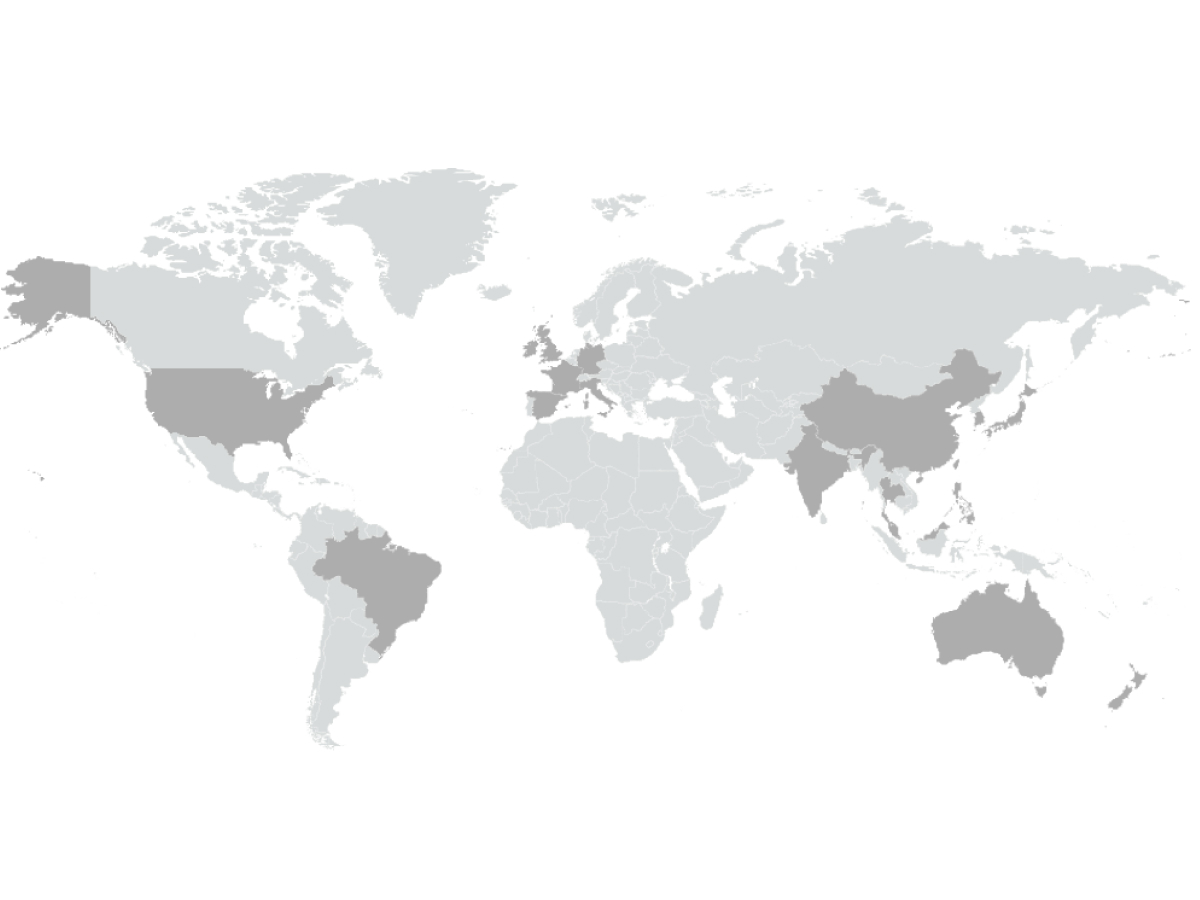While 2020 will undoubtedly be remembered as the year that the Coronavirus pandemic brought unparalleled levels of trading volatility to the world’s financial markets, it has also seen a resurgence of exchange consolidation activities for traders to wrestle with.
Three years have passed since the collapse of the proposed $26bn merger between LSE and Deutsche Börse which brought the period typically referred to as ‘merger mania’ to an abrupt end. This time, exchange consolidation seems focused on smaller regional exchanges that may appear to be a benefit to traders as exchange contracts, standards and rules become normalized between venues. Achieving consistency with onboarding, reporting and fees, for example, can reduce complexity, but with less diversity comes less competition. Without this motivator, there is less incentive for exchanges to innovate and keep prices down.
Traders that choose to maintain their own trading infrastructure, rather than outsource to a vendor such as TNS, will face many potential pain points when exchanges come together. The most significant of these is the probability that the acquiring exchange will make infrastructure changes to bring the processes of its new entity in line with the parent. If the exchanges are in different countries, these changes could see data centers relocated to a country different to their original point of origin.
Shifting connectivity to a new country can be a substantially complex and costly undertaking for traders. Research must be conducted regarding connectivity options, fees and implications of the new location, followed by mandatory test periods and the physical migration itself. This should be conducted seamlessly to ensure that no trading time is lost.
Outsourcing your trading infrastructure pushes the responsibility for many of these tasks to your vendor. With technology being their core competency, they coordinate and manage the changes needed, allowing you to focus on your core competency – trading. If you select a vendor with extensive global reach, they will most likely already be familiar with the processes of the acquiring exchange and can relieve most of the burden of coping with any subsequent infrastructure migration.
For example, in June 2019, Euronext completed its acquisition of Oslo Bors. In the fourth quarter of 2020, the Oslo Bors products will be migrated onto the Euronext Optiq platform. TNS has Euronext connectivity in place and is effectively positioned to manage that migration from the LSE Millennium platform and onto Optiq on behalf of customers. Similarly, SIX Swiss recently announced its acquisition of Spain’s BME. While they have yet to disclose what impact there will be to trading infrastructure, if any, TNS already has the connectivity and geographical reach in place to assist.
At TNS, we remain close to our exchange portfolio that now counts over 60 exchanges, ECNs and ATS’ globally. When we learn of impending consolidation activity, we deploy a team to research and identify the plans, understand the target timeframe and determine what new agreements will be required for our customers that are affected. For traders doing this themselves, they also need to consider what new pricing schedules are going to be put in place and when the new fees will commence.
Whether the 2020 trend is being driven by Brexit, MiFIDII or simply coincidence, it appears that we are now firmly within another period of exchange consolidation so traders should prepare for more interesting times ahead. If you are considering outsourcing or switching to a new vendor with more extensive coverage, click here to learn more about how TNS can help.
Jeff Mezger is Director of Product Management at TNS with responsibility for its managed services for the financial industry. He oversees product development and strategy for market data, online and data center services.





